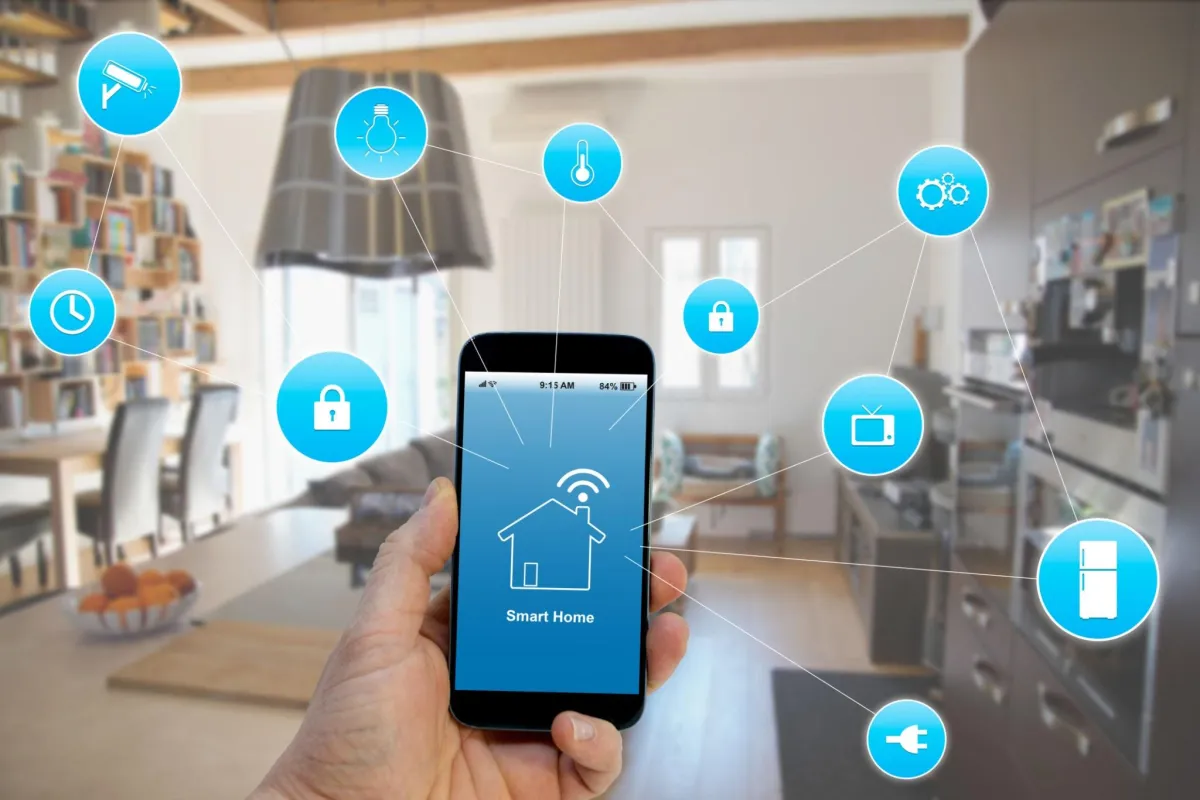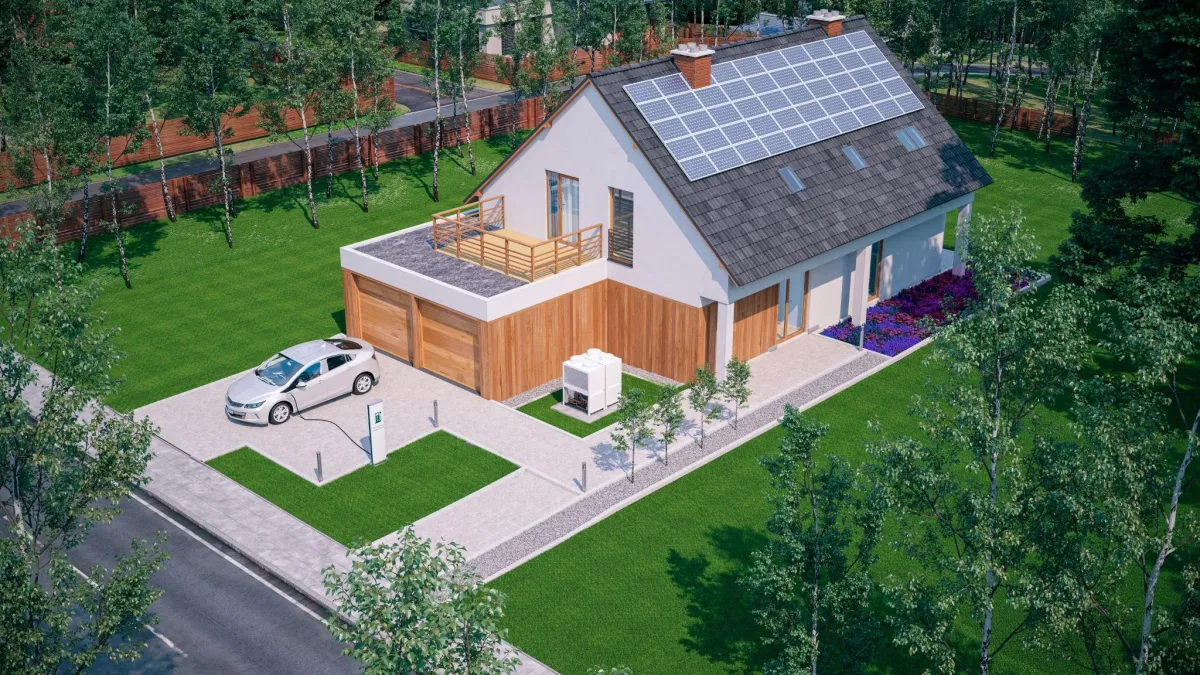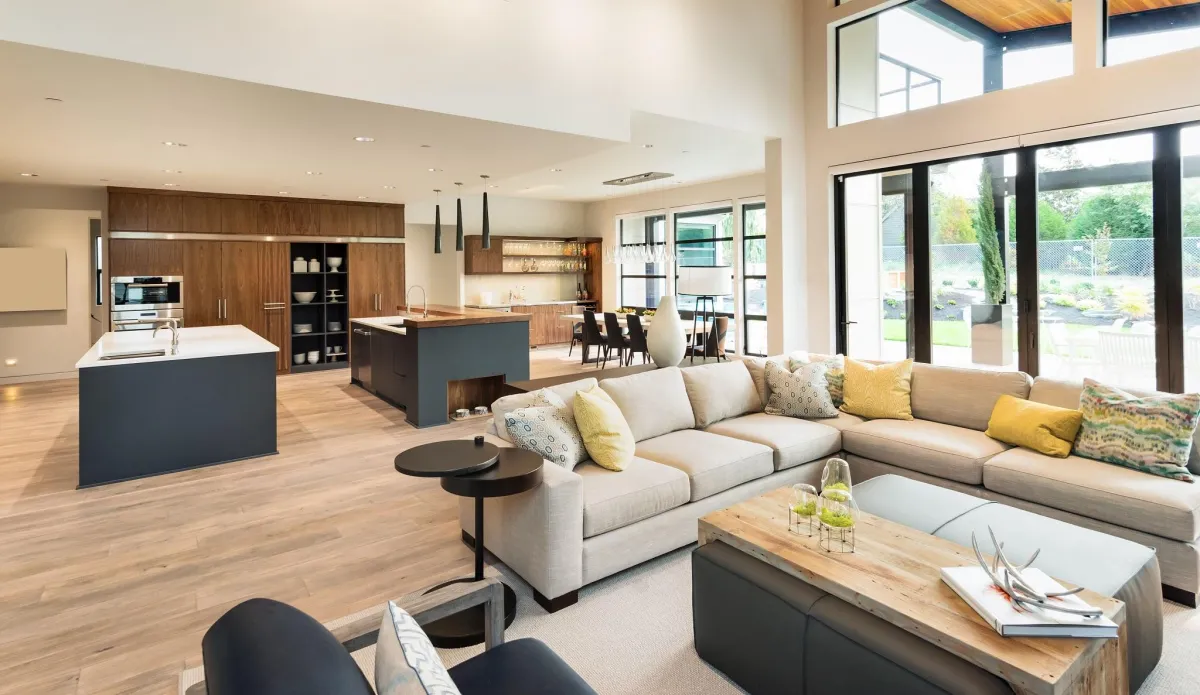A Guide for Architectural Service
How Architectural Trends Impact Real Estate Value
The architectural landscape is constantly evolving, driven by innovation, societal changes, and environmental considerations. These trends not only shape the way buildings look and function but also significantly influence real estate values. This article explores the intricate relationship between architectural trends and real estate value, shedding light on how design choices can make a property more appealing and financially valuable.

Understanding Architectural Trends

The Evolution of Architectural Styles
Architectural trends reflect the changing tastes, technologies, and needs of society. From the ornate Gothic and Baroque styles of the past to the minimalist and sustainable designs of today, each era's architectural preferences leave a lasting impact on real estate value. Modern architectural trends often emphasize sustainability, smart technology, and multifunctional spaces, aligning with contemporary lifestyle demands.

Key Factors Influencing Architectural Trends
Technological Advancements: The integration of smart home technologies and advanced building materials.
Environmental Concerns: A shift towards eco-friendly designs and sustainable materials.
Social Changes: Increasing demand for flexible living spaces to accommodate remote work and communal living.
Aesthetic Preferences: Evolving tastes in design, favoring minimalism, open floor plans, and natural light.
How Architectural Trends Enhance Real Estate Value

Sustainability and Green Building
One of the most significant architectural trends impacting real estate is sustainability. Properties designed with eco-friendly materials, energy-efficient systems, and sustainable practices not only reduce environmental footprints but also attract a growing segment of eco-conscious buyers. Green buildings often command higher prices and quicker sales due to their long-term cost savings and alignment with global sustainability goals.

Smart Homes and Technology Integration
The rise of smart homes is another trend that boosts real estate value. Features such as automated lighting, security systems, and climate control add convenience and efficiency, making properties more desirable. Homes equipped with the latest technology appeal to tech-savvy buyers willing to pay a premium for modern amenities.

Open Floor Plans and Flexible Spaces
Modern architectural designs favor open floor plans that create spacious, light-filled environments. These layouts are particularly attractive to families and individuals who value a sense of openness and connectivity in their living spaces. Flexible spaces that can be easily adapted for various uses—such as home offices, gyms, or guest rooms—add functional value to properties, making them more appealing to a wider range of buyers.

Aesthetic Appeal and Design Quality
A property’s aesthetic appeal plays a crucial role in its market value. High-quality design, attention to detail, and the use of premium materials can significantly enhance a property's attractiveness and perceived value. Buyers are often willing to invest more in homes that exhibit superior craftsmanship and timeless design.
Current Examples: Architectural Trends and Real Estate Success

The Impact of Sustainable Design in Urban Areas
In highly eco-conscious cities like Portland and San Francisco, sustainable design has become a major selling point. Properties featuring green roofs, solar panels, and rainwater harvesting systems not only benefit from reduced utility costs but also enjoy higher market valuations. These cities have seen a surge in demand for eco-friendly homes, driving up prices and setting new standards for real estate development.

Smart Homes in Suburban Markets
Suburban areas are witnessing a growing trend towards smart home features. Developments that incorporate advanced technology—such as integrated home automation systems and energy-efficient appliances—see increased buyer interest and higher selling prices. Suburban buyers, often seeking convenience and modern amenities, are drawn to these technologically advanced homes. Examples of suburban markets embracing this trend include areas around Dallas, Atlanta, and the outskirts of major cities like Chicago and New York.

The Popularity of Open Floor Plans in Residential Properties
Open floor plans have become a hallmark of contemporary residential design. In markets like Austin and Denver for example, homes with open layouts and flexible spaces sell faster and at higher prices compared to traditional floor plans. These designs cater to modern lifestyles, emphasizing social interaction and adaptability, which resonates with today’s homebuyers.
Future Architectural Trends and Their Potential Impact

Biophilic Design
Biophilic design, which integrates natural elements into built environments, is gaining traction. This trend emphasizes the connection between humans and nature, promoting well-being and productivity. As biophilic design becomes more prevalent, properties featuring elements like indoor gardens, natural light, and organic materials may see increased demand and higher valuations.

Adaptive Reuse and Historical Preservation
Adaptive reuse—repurposing old buildings for new uses—is becoming increasingly popular. This trend not only preserves historical architecture but also offers unique and desirable living spaces. Properties that successfully blend historical charm with modern amenities often attract premium prices, as they provide a distinctive appeal that new constructions may lack.

Modular and Prefabricated Construction
Modular and prefabricated construction methods are poised to revolutionize the real estate market. These approaches offer cost-effective, sustainable, and time-efficient building solutions. As these methods become more mainstream, they could lead to more affordable housing options and potentially reshape property values by providing high-quality homes at lower costs.
Conclusion
Architectural trends play a pivotal role in shaping real estate values. From sustainable design and smart home technology to open floor plans and biophilic design, these trends reflect the evolving needs and preferences of society. By staying attuned to these trends, homeowners, developers, and investors can enhance the value of their properties, ensuring they meet the demands of today’s market and anticipate future shifts. Understanding and leveraging architectural trends is key to maximizing real estate potential in an ever-changing landscape.
Contact Us
Service Hours
Mon- Fri 8 am - 5 pm
Sat, Sun- Closed except by appointment





Contact Us
1 540-302-2593
2507 Bluff Road
Roanoke VA 24014
Service Hours
Mon- Fri 8 am - 5 pm
Sat, Sun- Closed except by appointment
Connect








